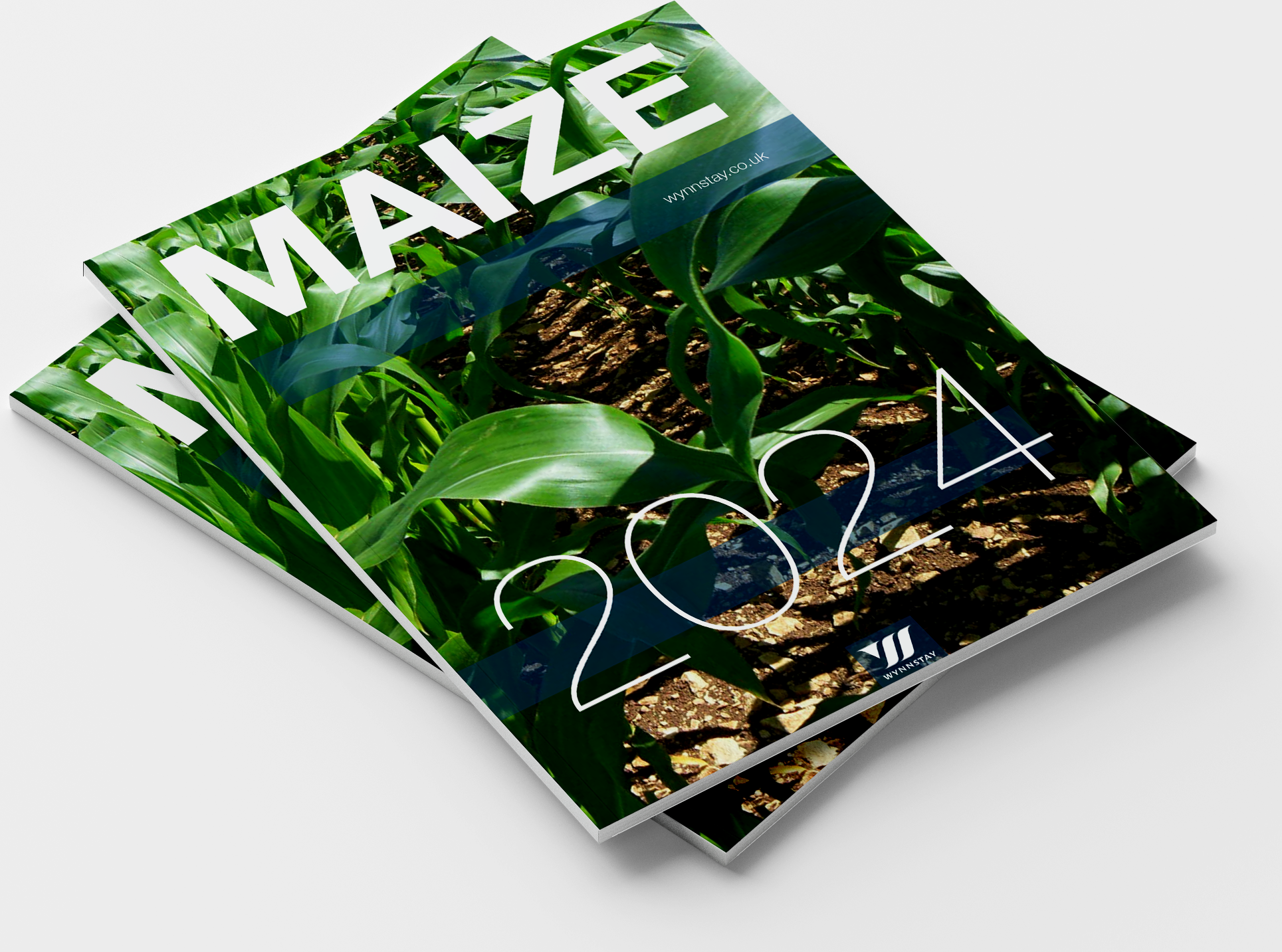The effect of regional weather patterns is clearly visible again this season. In areas that experienced low rainfall and high temperatures during the critical establishment and early development phase, the crop has clearly suffered. Contrast this with other parts of the country where periods of hot weather were interspersed with regular rainfall, and well-established maize crops have high yield potential. Given the variability, I advise growers to monitor their crops as we progress through September to ensure the crop is harvested at the optimum maturity.
Maize harvest date will always vary across the country depending on whether the crop is grown in a favourable or less—favourable area, and the FAO number of the variety will also have a bearing. Extreme weather conditions could push crops to mature much earlier than would normally be expected, so harvest dates may need to be brought forward to reflect that.
The FAO number of a variety relates to the number of heat units it must accumulate in order to reach maturity. Given the record-breaking average temperatures that have occurred this growing season, we should expect an early maize harvest, especially for early varieties with a lower FAO number.
Check your crops regularly
Farmers are advised to check maize crops regularly to assess the stage of maturity and speak to contractors to arrange for harvest to be brought forward if necessary. While an early maize harvest is on the cards, the effect of the growing environment on output will vary.
Maize likes warm weather, but the plant also requires sufficient moisture. Lack of rainfall during critical periods has had a negative impact on some crops this year, and signs of drought stress were commonplace.
As the saying goes, we should expect maize to be knee-high by the 4th of July, but this year some crops were not much above knee-high by early August. Many of these crops were showing tightly rolled leaves, indicative of drought stress. Unfortunately, yield potential is likely to be compromised for such crops.
However, at the other end of the spectrum, there are many crops that demonstrated good early vigour, and which were able to establish adequate, deeper root systems, which then enabled the plants to cope with the lack of moisture in the surface layers of the soil. These crops have thrived in the sunshine.
Underlying Issues
To a certain extent, in a favourable season, the maize plant can tolerate some underlying issues. However, when growing conditions become more difficult it quickly becomes apparent where there are problems with low pH, inadequate nutrition, or where compaction has not been addressed and these criteria then become the biggest driver behind crop outcomes.
Agronomic concerns
Any agronomic concerns with soil condition or crop nutrition which hold back root development will have resulted in plants being less able to access moisture in the soil when it was needed. It becomes a vicious circle, if the roots can’t develop normally the plant is not supplied with the moisture and nutrients it requires to enable the roots to develop and grow. Without a strong, healthy, well-developed root system the plant will struggle when conditions become difficult. It’s been a year which demonstrates how vital it is to pay attention to detail during crop establishment, to achieve the desired results at harvest.












